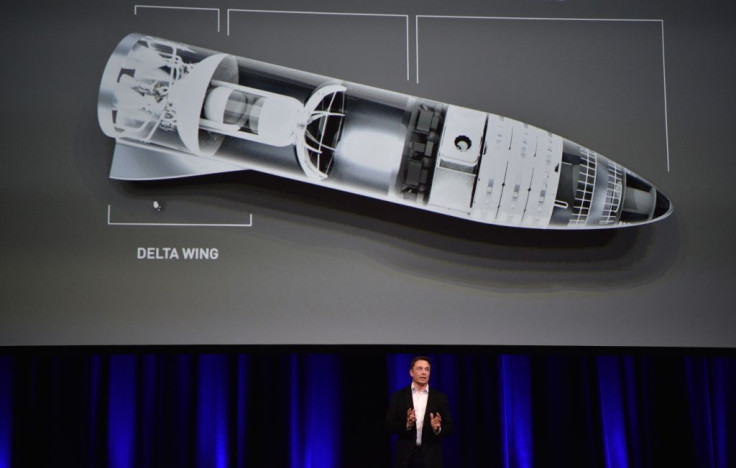SpaceX Blows Up Mars-Colonizing Starship Spacecraft's Tank In Test [Watch]

KEY POINTS
- The fuel tank of the Starship prototype exploded in a recent test
- The test determined if the tank can withstand immense internal pressure
- The test yielded a positive result for SpaceX
SpaceX recently blew up the tank of Starship, which is the company’s spacecraft designed to provide commercial crewed flights to Mars. The incident occurred as part of a test to analyze the spacecraft’s capability.
On Tuesday, SpaceX went to its launch facility near the village of Boca Chica in Texas to carry out an important pressure test. The goal of the test was to assess if the Starship’s fuel tank will be able to withstand the pressure of space travel.
For the test, SpaceX took the spacecraft’s 30-foot tall prototype fuel tank and filled it with ultra-cold liquid nitrogen. It was then pressurized until it reached its breaking point.
In a tweet posted by SpaceX founder Elon Musk, it can be seen how the exterior of the tank froze and became covered in ice due to the liquid nitrogen. Then, in a video captured by tourism site Spadre.com, which provides live footage of SpaceX’s tests near Boca Chica, it can be seen how the tank violently exploded after exceeding its limit. As the tank exploded, it sent huge clouds of smoke lingering in the launch facility’s testing area.
Although the result of the test may seem like a disaster for SpaceX, it was regarded by the company as a success. Before exploding, the tank exceeded an internal pressure of 8.5 bar, which is equivalent to 8.5 times Earth’s pressure. This is the rate of internal pressure that the spacecraft and its components need to withstand in order to successfully transport humans across space.
Before conducting the test, Musk noted that the internal pressure needed to withstand by an unmanned flight is 6 bar. To ensure a safe flight, the company increased the internal pressure rate by a factor of 1.4 for a crewed mission.
“Dome to barrel weld made it to 7.1 bar, which is pretty good as ~6 bar is needed for orbital flight,” Musk tweeted earlier this month. “With more precise parts & better welding conditions, we should reach ~8.5 bar, which is the 1.4 factor of safety needed for crewed flight.”
© Copyright IBTimes 2025. All rights reserved.





















